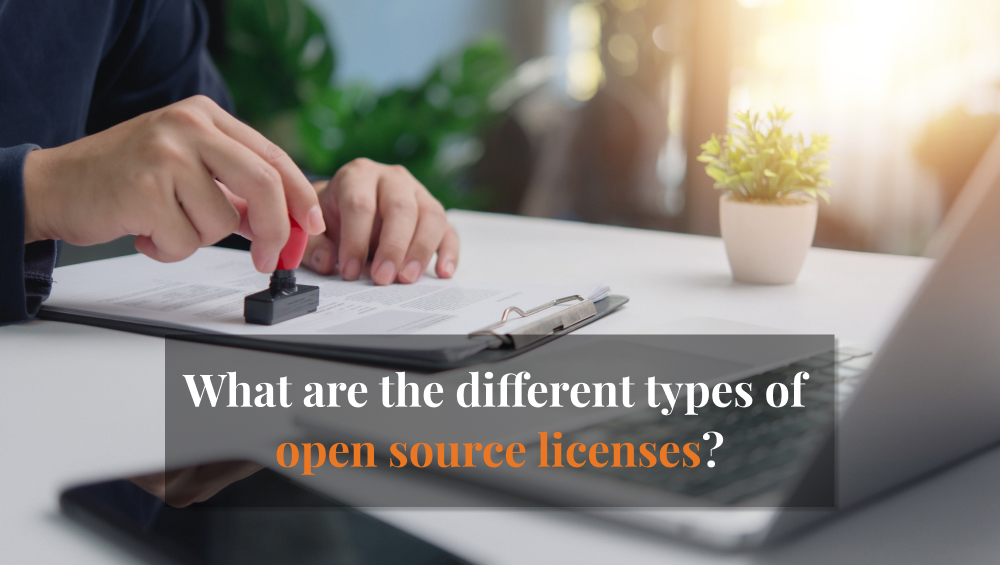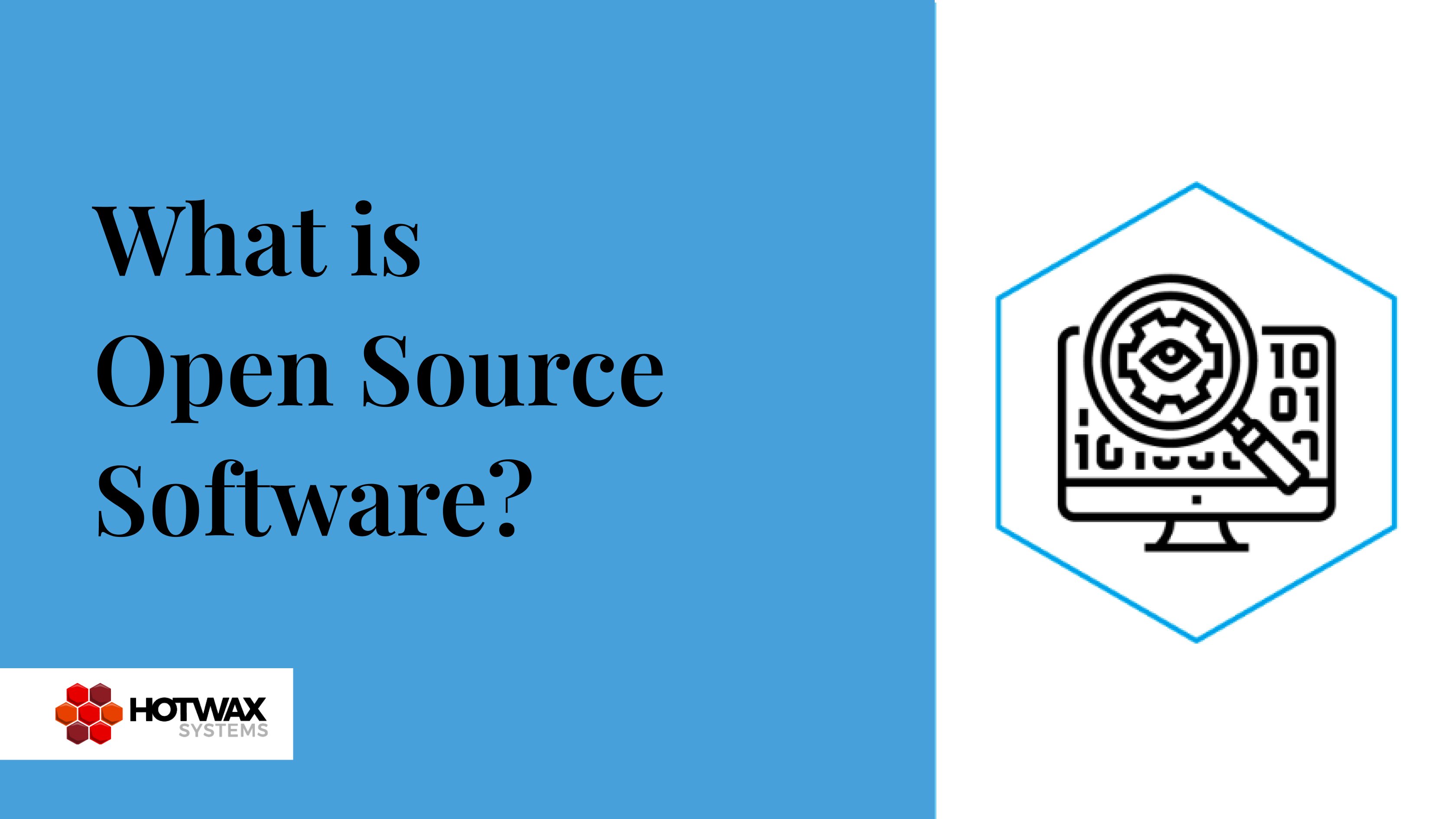From the Android operating system powering billions of smartphones to the Apache web server running a huge share of the internet, open-source software forms the backbone of the modern digital world. Its success is built on a simple but powerful idea: software that anyone can use, modify, and share.
But behind this openness lies a framework that makes it all work — the open-source license.
Licenses aren’t just legal fine print; they define the rules of engagement for both creators and users. They spell out what you can do with the software, and how the rights of everyone involved are protected. Without clear licensing, even the most innovative open-source project can face disputes, misuse, or stalled adoption.
In this blog, we will cut through the legal jargon to offer a clear, concise, and practical guide to understanding open-source licenses. Whether you’re a developer choosing a license for your project or a business integrating open-source components, this breakdown will help you make informed, confident decisions.
Quick legal note: This blog explains licensing concepts and typical patterns; it is not to be considered legal advice. License terms can be nuanced and their interpretation can depend on jurisdiction and use case. For commercial projects, consult legal counsel and run an OSS composition analysis for third-party dependencies.
What Is an Open-Source License?
An open-source license is a legal agreement that defines how open-source software can be used, modified, and shared. Think of it as the rulebook that ensures everyone plays fair, protecting the rights of creators while enabling others to benefit from and build upon their work.
At its core, an open-source license covers:
- Permission – The right to use the software for personal, commercial, or educational purposes.
- Modification – The ability to change the source code to suit your needs.
- Distribution – The terms under which you can share the original or modified version with others.
- Restrictions & conditions – Requirements you must follow, such as crediting the original author or sharing your changes.
It’s important to distinguish open-source from other categories:
- Open-source – Software with a license that allows free use, modification, and redistribution, under defined terms.
- Public domain – Software released without copyright restrictions, free for anyone to use without conditions.
- Proprietary – Software owned by an individual or company, with usage controlled by paid licenses or strict terms.
By clearly outlining rights and responsibilities, open-source licenses create a balance: they encourage collaboration and innovation while ensuring that the original creators’ intentions are respected.
Categories of Open-Source Licenses
While all open-source licenses allow the use, modification, and distribution of software, they differ in how much freedom you have and what obligations you take on when sharing your work. Broadly, they can be grouped into four categories:
1. Permissive Licenses — Minimal Restrictions
These licenses give you maximum flexibility. You can use, modify, and distribute the code, even in proprietary products, with very few conditions – usually just attribution to the original author.
Examples: MIT License, Apache License 2.0, BSD Licenses.
Best for: Projects aiming for wide adoption with minimal barriers to reuse.
2. Copyleft Licenses — Strong Reciprocal Obligations
Copyleft licenses require that any derivative work you distribute must also be licensed under the same terms. This ensures the software (and any modifications) always remains open-source.
Examples: GNU General Public License (GPL v2, GPL v3).
Best for: Projects that want to guarantee openness in all future versions and forks.
3. Weak or Limited Copyleft Licenses — A Middle Ground
These licenses maintain openness for certain parts of the code but allow proprietary use in others. They’re designed to encourage adoption without requiring every linked piece of software to be open-source.
Examples: GNU Lesser General Public License (LGPL), Mozilla Public License (MPL).
Best for: Libraries or components intended for both open-source and commercial projects.
4. Specialty Licenses — Targeting Specific Needs
Some licenses are tailored for specific types of content or industries, such as documentation, media, or collaborative projects. They may blend copyright rules with creative or sharing guidelines.
Examples: Creative Commons licenses (for documentation/media), Eclipse Public License (EPL) for certain enterprise software ecosystems.
Best for: Projects with non-code assets or specialized legal requirements.
By understanding these categories, you can narrow down your license choices to those that align with your project’s goals, audience, and desired level of openness.
Note: licenses within a category can still differ significantly in detail. Always check the specific license text for obligations that matter to your project.
Popular Open Source Licenses
Here’s a side-by-side look at the most widely used open-source licenses. This comparison makes it easier to evaluate which one fits your project or business needs.
|
License |
Brief overview |
Key permissions |
Key restrictions / obligations |
Common modification rule |
Ideal business use |
Notes / Real-world examples |
|---|---|---|---|---|---|---|
|
MIT |
Very permissive; just requires attribution; no requirement to open changes. |
Use, copy, modify, distribute, sublicense. |
Must include copyright notice & license text. |
No requirement to publish modified source. |
Libraries, apps where you want maximum reuse. |
jQuery, Rails. |
|
Apache License 2.0 |
Permissive + explicit patent grant; must include notice and track changes. |
Use, modify, distribute, sublicense; explicit patent license from contributors. |
Keep license & Notice; state changes. |
No copyleft — modifications can be proprietary. |
Business-friendly, especially for patented tech. |
Apache HTTP Server, Kubernetes. |
|
BSD (2-clause & 3-clause) |
Permissive; 3-clause adds non-endorsement rules. |
Use, modify, distribute, sublicense. |
Retain license notice; 3-clause prohibits using author’s name for promotion. |
No obligation to share modified code. |
Academic or commercial projects needing flexibility. |
FreeBSD, OpenBSD. |
|
GPL v2 / GPL v3 |
Strong copyleft: derivatives must be GPL if distributed; v3 adds patent & anti-use-locking. |
Use, modify, distribute. |
Must release derivative works under GPL; include license text. |
Modifications must be GPL; v3 adds “anti-tivoization” & patent clauses. |
Protecting software freedom in all derivatives. |
Linux kernel (GPLv2), WordPress (GPLv2). |
|
LGPL |
Allows proprietary linking; modifications to library must remain LGPL. |
Use in proprietary software allowed; modify and redistribute under same license. |
Modifications to LGPL code must stay LGPL. |
Linking allowed without converting entire project to LGPL. |
Libraries used in mixed open/proprietary environments. |
GNU C Library. |
|
AGPL |
Like GPL, but also forces open sourcing when the software is run over a network. |
Use, modify, distribute. |
Must share source even for software offered over a network. |
Modifications must be AGPL. |
Web apps/services needing copyleft over SaaS. |
Mastodon, GNU Social. |
|
MPL (Mozilla Public License) |
File-level copyleft, allows combining with proprietary code. |
Use, modify, distribute. |
Modified MPL files must stay MPL. |
Proprietary files can coexist in the same project. |
Projects mixing open and closed code. |
Firefox, Thunderbird. |
|
EPL (Eclipse Public License) |
Business-friendly weak copyleft for Eclipse ecosystem. |
Use, modify, distribute. |
Modifications to EPL code must be EPL. |
Linking with proprietary allowed. |
Enterprise and tooling software. |
Eclipse IDE, Jetty. |
|
Creative Commons |
Flexible licenses for creative works, docs, or media. |
Use, share, adapt (depending on CC type). |
Attribution, non-commercial, or share-alike clauses may apply. |
Rules vary by specific CC license chosen. |
Documentation, media assets, educational content. |
Wikipedia (CC BY-SA). |
How to Choose the Right License?
Selecting an open-source license isn’t just a legal checkbox but a strategic choice that can shape your project’s adoption, community engagement, and commercial potential. Here are the key factors to weigh before deciding:
1. Nature of the Project
- Library or Framework — If you want it widely adopted, a permissive license (MIT, Apache 2.0, BSD) can lower barriers.
- Application or Platform — If you want derivatives to remain open-source, a strong copyleft license (GPL) may be better.
- Documentation or Media — Consider Creative Commons licenses for flexibility in content sharing.
2. Commercial Goals
- Maximize Market Adoption — Use a permissive license to encourage integration into both open and proprietary projects.
- Protect Against Competitive Advantage — Choose copyleft to ensure competitors can’t close off improvements.
- Dual Licensing Strategy — Some companies use a copyleft license for the community edition and a proprietary license for commercial customers.
3. Collaboration Expectations
- Large Community Contributions Expected — Copyleft licenses help ensure shared improvements benefit everyone.
- Minimal External Contributions Expected — Permissive licenses make it easier for others to adopt without legal concerns.
4. Compatibility with Other Licenses
- If your project integrates with or depends on other open-source components, ensure your license is compatible with theirs.
- For example, GPLv2 is not generally compatible with Apache 2.0, but GPLv3 can be.
5. Tips for Businesses vs. Individual Developers
For Businesses:
- Review license terms with legal counsel, especially for commercial products.
- Track all open-source components in your codebase to avoid compliance risks.
- Choose licenses that align with your revenue and distribution model.
For Individual Developers:
- Think about how you want your work to be used in the long run.
- Don’t overcomplicate, pick a license that matches your openness and attribution preferences.
- Use resources like choosealicense.com for a quick guide to options.
By aligning your license choice with your project’s goals and context, you can avoid legal headaches, encourage the right kind of contributions, and build trust with users and collaborators.
Conclusion
Open-source software powers much of the world’s technology, but it’s the licenses behind it that keep this ecosystem healthy, collaborative, and sustainable. Understanding how different licenses work not only helps you stay compliant, it also reduces legal risk and sets the foundation for productive partnerships.
Whether you’re a solo developer sharing your first project or an enterprise integrating open-source into mission-critical systems, license literacy is an investment in trust and longevity. Choosing the right license ensures your work is used in ways that align with your goals while fostering innovation across the community.
At HotWax Systems, we help businesses navigate the complexities of open-source compliance while building tailored solutions on Apache OFBiz and beyond, enabling you to innovate with confidence.
You can reach out to us and see for yourself how we can partner with you to design, implement, and maintain systems that keep your business agile and compliant.







